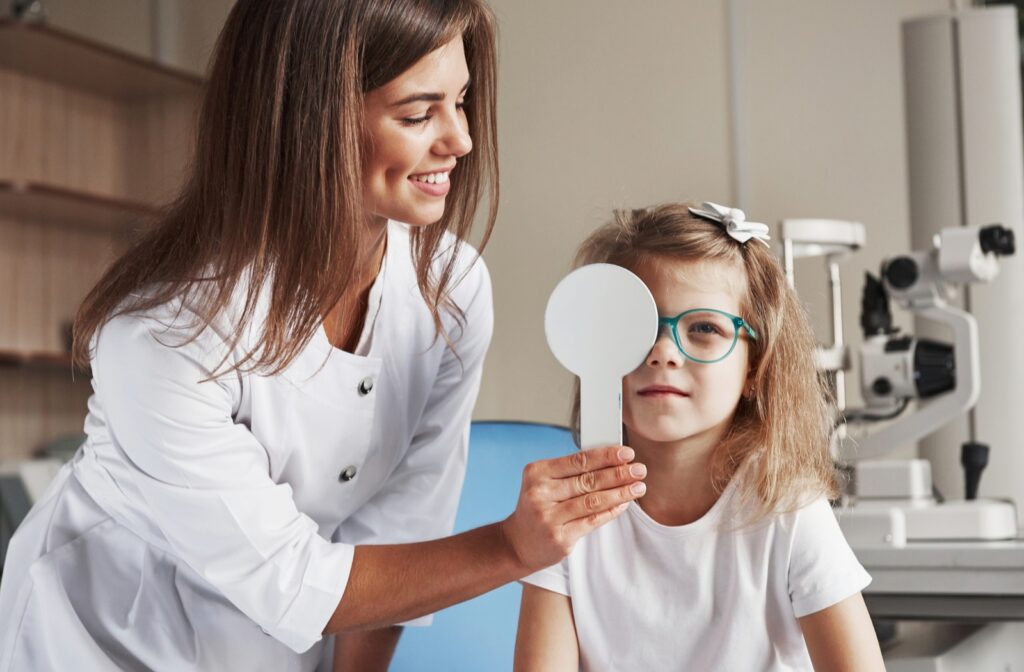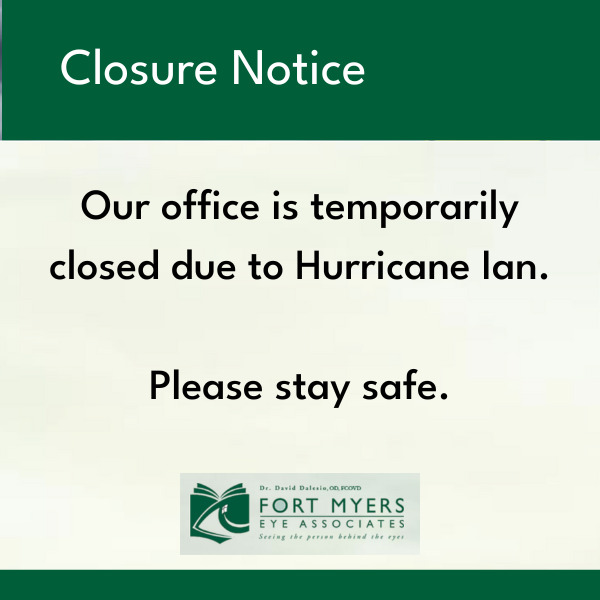Lazy eye is a common condition that can affect your child’s vision if not treated properly. This is why it’s important to take your child in for annual eye exams.
Regular exams with the optometrist can help identify and treat conditions like lazy eye early to prevent long-term vision issues from developing.
Fortunately, there are many treatments available for lazy eye in children.
What Is Lazy Eye?
Lazy eye, also known as amblyopia, can occur when there are irregularities in early visual development.
This can cause reduced vision in the affected eye. Lazy eye can develop until a child is about 7 years old and is the leading cause of decreased vision among children. Early diagnosis and treatment can help prevent long-term issues.
A common misconception about lazy eye is that it is easy to spot. Many children have amblyopia but don’t exhibit obvious symptoms. However, the signs and symptoms to watch for include:
- Poor depth perception
- Squinting or shutting the affected eye
- Head tilting
- Irregular vision test results
Lazy eye can occur as a result of abnormal visual experiences early in life. Anything that blurs a child’s vision, or crosses their eyes, can cause lazy eye. The primary causes of lazy eye include:
- A disorder of the brain’s ability to use both eyes together as a team
- The brain actively ignores the information coming from one eye
- One eye is the “bully” & takes over, suppressing the other eye
If you notice any of these symptoms in your child, regardless of their age, take them to an optometrist to discuss potential causes and treatments. Your optometrist will conduct a comprehensive eye exam that reviews eye health as a whole and checks for varying prescriptions or any unbalanced movement.

How Vision Therapy Helps
Vision therapy is a treatment plan designed specifically for your child. It’s an office-based program to improve how your child’s eyes work together and how your child interprets visual information.
Once we understand the root cause of your child’s visual issue, our optometrist can prescribe visual learning activities as part of a custom vision therapy plan. Many visual issues, like lazy eye, are very treatable with early intervention.
The goal of vision therapy when addressing amblyopia is to improve eye coordination, binocular vision, and stereopsis, as well as reduce any suppression of the non-dominant eye.
- Eye coordination: how well the eyes work together
- Binocular vision: ability of the brain to combine images from each eye into one
- Stereopsis: depth perception
The best results occur when treatment begins before the child is 7 years old, however, older children can still benefit from vision therapy.
Young children are still training their visual system. Vision therapy helps children who need it continue training their visual system so they can see comfortably and clearly.
Why We Use Vision Therapy
At Fort Myers Eye Associates, our knowledgeable team works hard to provide the best possible eye care.
For children with conditions like amblyopia, vision therapy can be a highly effective treatment. When the brain is young, its ability to form new connections or change old connections is very strong. While our brains can always adapt and rewire, it’s never easier than when we’re kids.
Vision therapy creates, stimulates, and strengthens nerve pathways in the brain that are necessary for visual skills. These skills include eye tracking, focusing, eye teaming, binocular vision, and much more.
When Is It Too Late?
It’s never too late to get treatment for lazy eye. However, as we get older, we may require different or extra treatment to try and correct amblyopia. The effectiveness of these treatments vary per person, so it’s best to start early when treating conditions such as lazy eye.
Next Steps
Most children with lazy eye notice a difference within the first few weeks to months of treatment. It’s important to monitor your child’s eyes and progression as they undergo treatment. Lazy eye can recur, which requires restarting treatment. Please contact our team today for more information about treatment options and to book an appointment.





